Month: August 2022
The world applauds the scientists who have created vaccines to deliver humanity from Covid-19. One certainty about our future: There will be no funding shortfall for medical research into pandemics.
Now, notice a contradiction. War is also a curse, responsible for untold deaths. Humans should do everything possible to mitigate it. And even if scientists cannot promise a vaccine, the obvious place to start working against future conflicts is by researching the causes and courses of past ones.
Yet in centers of learning across North America, the study of the past in general, and of wars in particular, is in spectacular eclipse. History now accounts for a smaller share of undergraduate degrees than at any time since 1950. Whereas in 1970, 6% of American male and 5% of female students were history majors, the respective percentages are now less than 2% and less than 1%, respectively.
Fredrik Logevall, a distinguished Harvard historian and author of seminal works on Vietnam, along with a new biography of John F. Kennedy, remarked to me on the strangeness of this, given that the US is overwhelmingly the most powerful, biggest-spending military nation on earth. “How this came to be and what it has meant for America and the world is surely of surpassing historical importance,” he said. “Yet it’s not at the forefront of research among academic historians in this country.”
The revulsion from war history may derive not so much from students’ unwillingness to explore the violent past, but from academics’ reluctance to teach, or even allow their universities to host, such courses. Some dub the subject “warnography,” and the aversion can extend to the study of international relations. Less than half of all history departments now employ a diplomatic historian, against 85% in 1975. As for war, as elderly scholars retire from posts in which they have studied it, many are not replaced: the roles are redefined.
An eminent historian recently told me of a young man majoring in science at Harvard who wanted to take humanities on history, including the US Civil War. He was offered only one course — which addressed the history of humans and their pets.
Paul Kennedy of Yale, author of one of the best-selling history books of all time, “The Rise and Fall of The Great Powers,” is among many historians who deplore what is, or rather is not, going on. He observed to me that while some public universities, such as Ohio State and Kansas State, have strong program in the history of war, “It’s in the elite universities that the subject has gone.”
“Can you imagine Chicago, or Berkeley, or Princeton having War Studies departments?” he asked. “Military history is the most noxious of the ‘dead white male’ subjects, and there’s also a great falling away in the teaching of diplomatic, colonial and European political history.”
Kennedy notes that war studies are highly popular with students, alumni and donors, “but the sticking point is with the faculty — where perhaps only a small group are openly hostile, but a larger group don’t think the area is important enough.”
Harvard offers few history courses that principally address the great wars of modern times. Many faculties are prioritizing such subjects as culture, race and ethnicity. Margaret Macmillan, of the University of Toronto and Oxford, observes that war is one of the great cataclysmic events, alongside revolution, famine and financial collapse, that can change history.
As the author of the bestseller “Peacemakers,” an epochal study of the 1919 Versailles conference, she has written about the decline in university courses on conflict: “Our horror at the phenomenon itself has affected the willingness to treat it as a serious subject for scholarship. An interest in war is somehow conflated with approval for it.”
Mindless mudslingers have attacked her as a war-lover for making the observation — commonplace among scholars of the subject — that conflicts can bring scientific or social benefits to mankind.
Tami Davis Biddle, a professor at the US Army War College, has written, “Unfortunately, many in the academic community assume that military history is simply about powerful men — mainly white men —fighting each other and/or oppressing vulnerable groups.”
Universities excuse themselves for shunning history by citing the need to address contemporary subjects such as as emotions, food and climate change. Some also urge that students believe they can better serve their own interests — and justify tuition costs — by choosing vocational majors that will enhance their employability. Yet Logevall’s Vietnam is one of the most popular history courses at Harvard.
History sells prodigiously in the world’s bookstores. I have produced a dozen works about conflict, and my harshest critic would struggle to claim that these reflect an enthusiasm for it. I often quote a Norwegian World War II Resistance hero, who wrote in 1948, “Although wars bring adventures that stir the heart, the true nature of war is composed of innumerable personal tragedies and sacrifices, wholly evil and not redeemed by glory.”
Those words do not represent an argument for pacifism. Our societies must be willing, when necessary, to defend themselves in arms. But our respective presidents and prime ministers might less readily adopt kinetic solutions — start shooting — if they possessed a better understanding of the implications.
Before resorting to force, governments, as well as military commanders, should always ask: “What are our objectives? And are they attainable?” Again and again — in recent memory, in Vietnam, Iraq, Afghanistan, Libya — those questions were neither properly asked nor answered, with consequences we know. Governments succumb to what I call gesture strategy.
Part of the trouble lies with the military, sometimes over-eager to demonstrate “the utility of force,” or rather, to justify their stupendous budgets. More often, however, blame lies with politicians ignorant of the difficulties of leveraging F-35s, cruise missiles, drone aircraft and combat infantry to produce a desired political outcome.
It is extraordinary that so many major US universities renounce, for instance, study of the Indochina experience, which might assist a new generation not to do it again. Marine General Walt Boomer, a distinguished Vietnam vet, said to me five years ago, when I was researching that war: “It bothers me that we didn’t learn a lot. If we had, we wouldn’t have invaded Iraq.”
Biddle has written: “The US military does not send itself to war. Choices about war and peace are made by civilians — civilians who, increasingly, have no historical or analytical frameworks to guide them. They know little or nothing about the requirements of the Just War tradition … the logistical, geographical and physical demands of modern military operations.”
North America’s great universities should be ashamed of their pusillanimity. War is no more likely to quit our planet than are pandemics. The academics who spurn its study are playing ostriches. Their heads look no more elegant, buried in the sand.
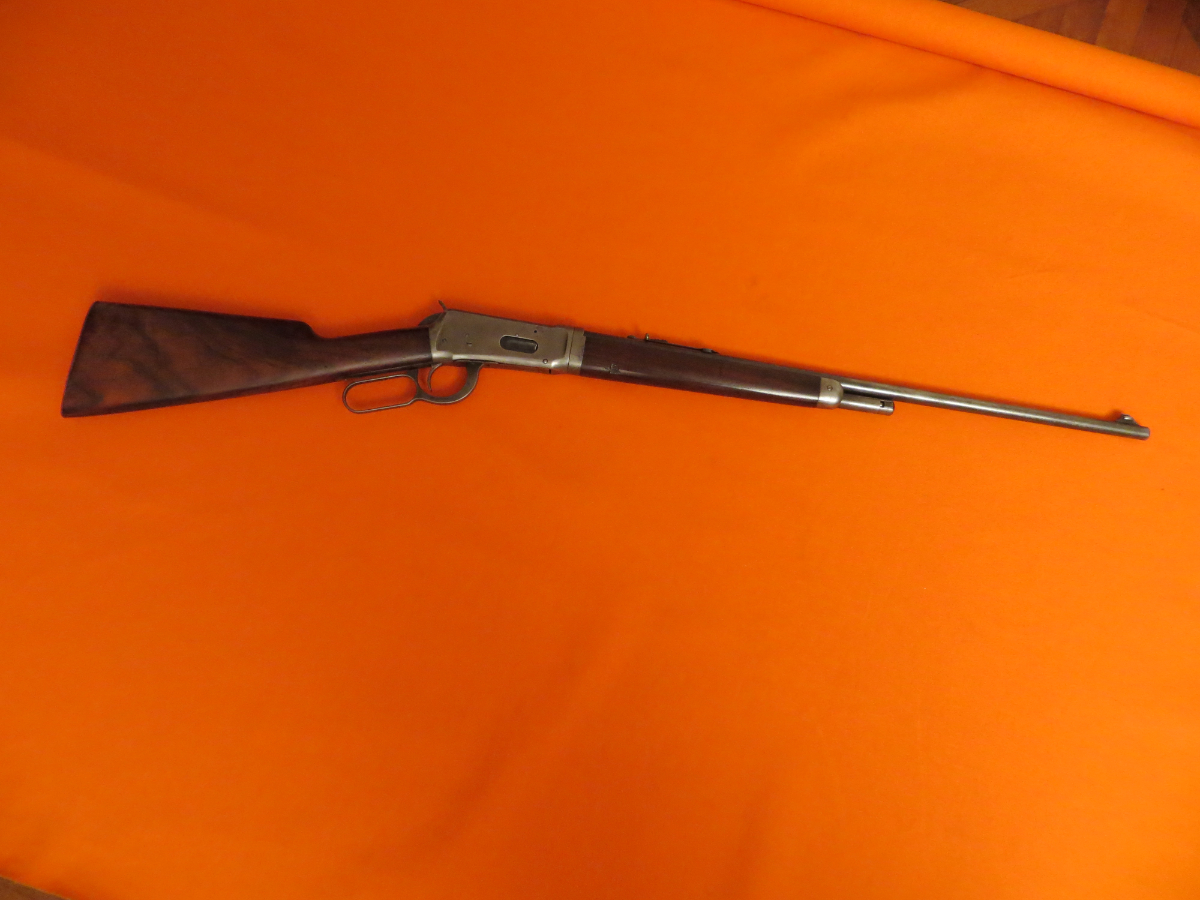
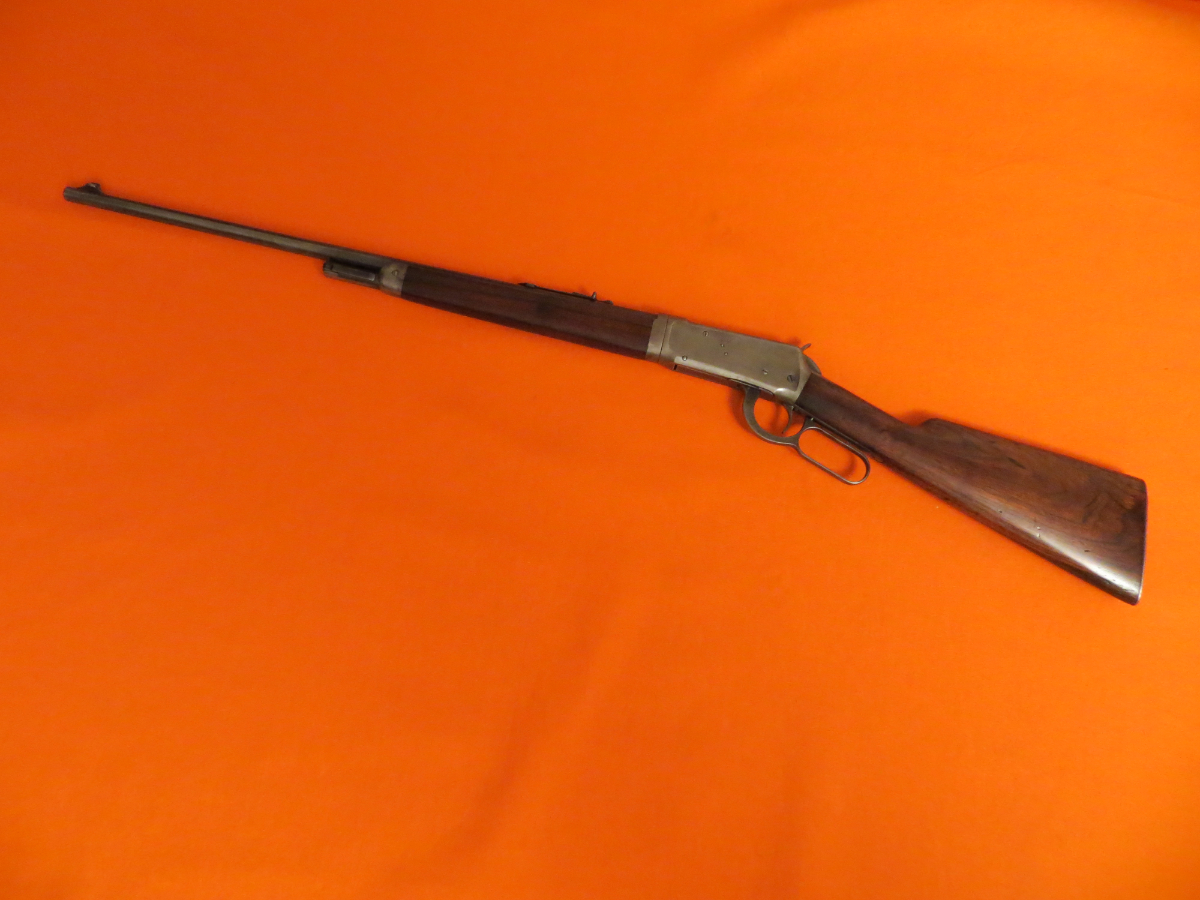
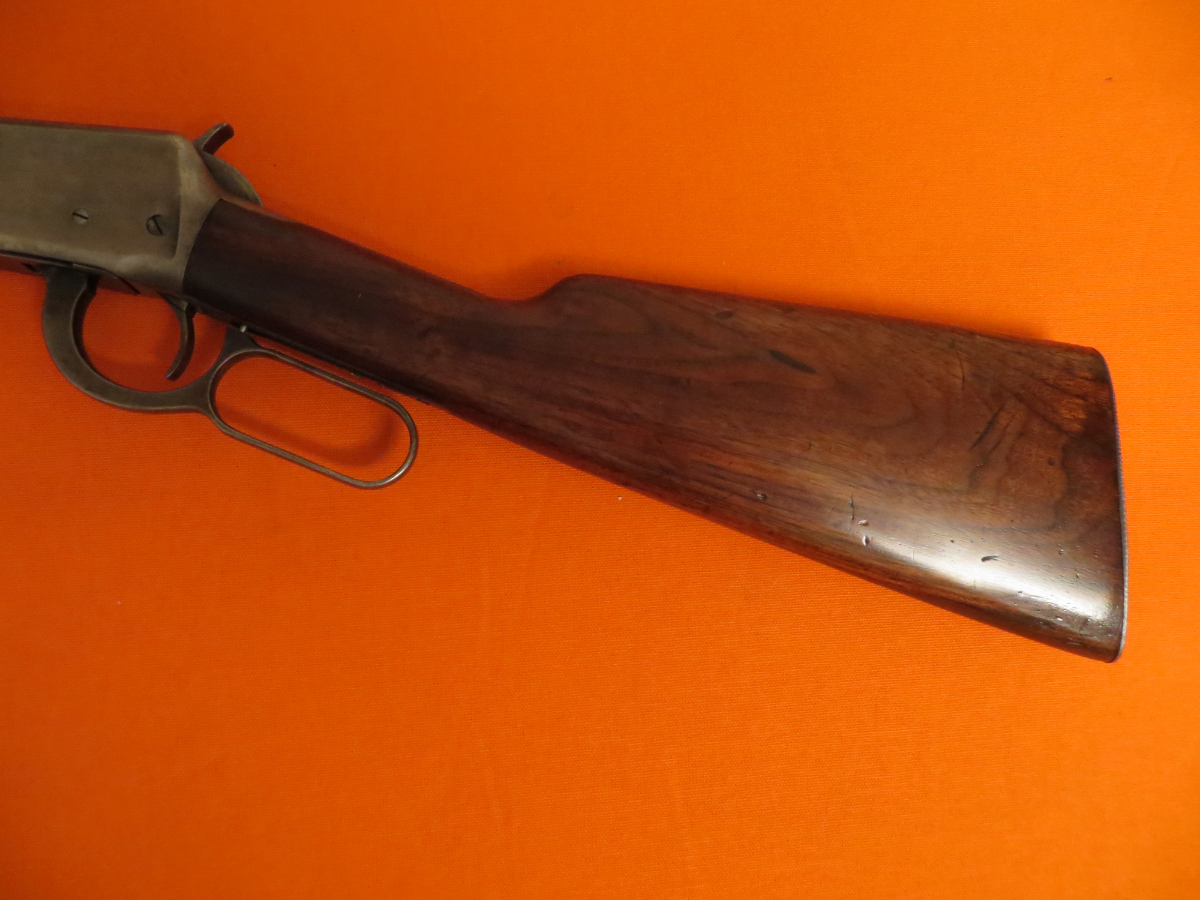
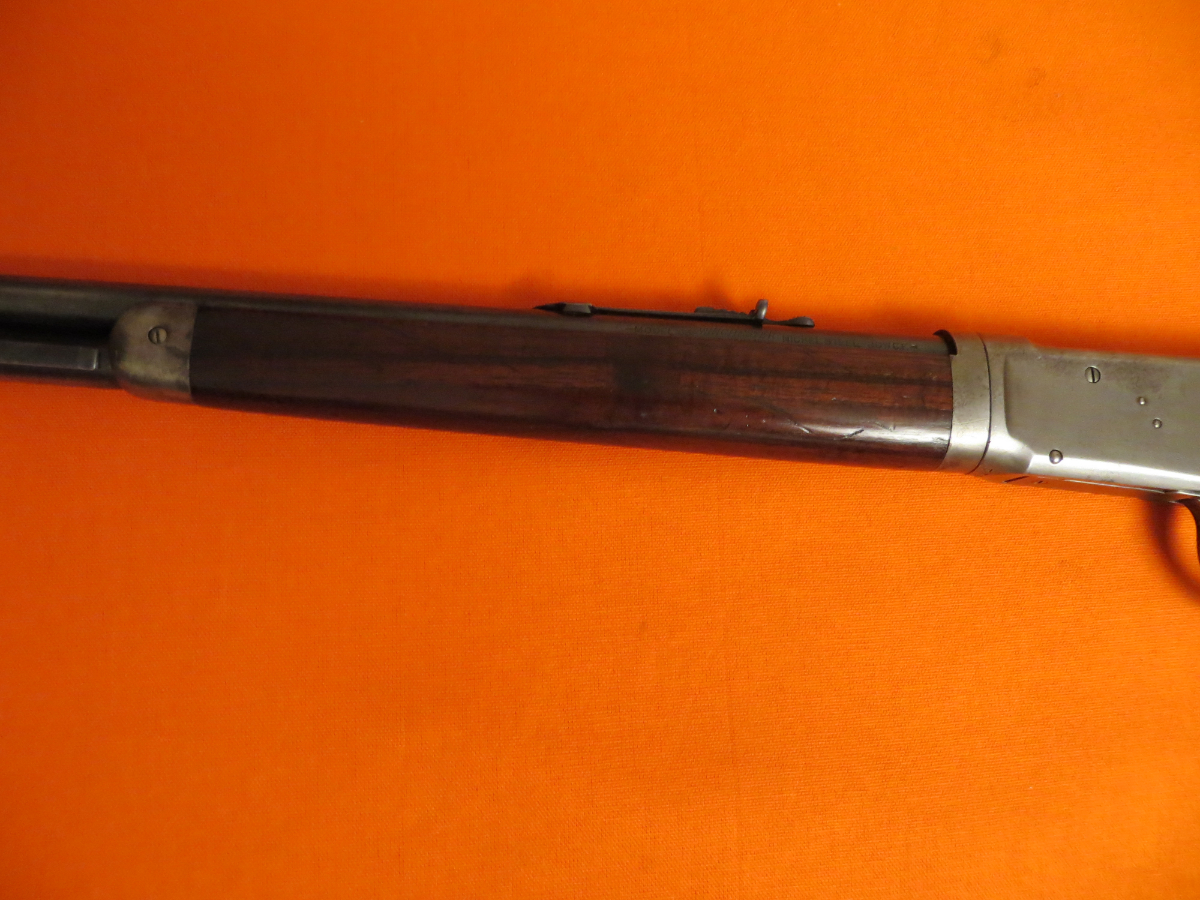
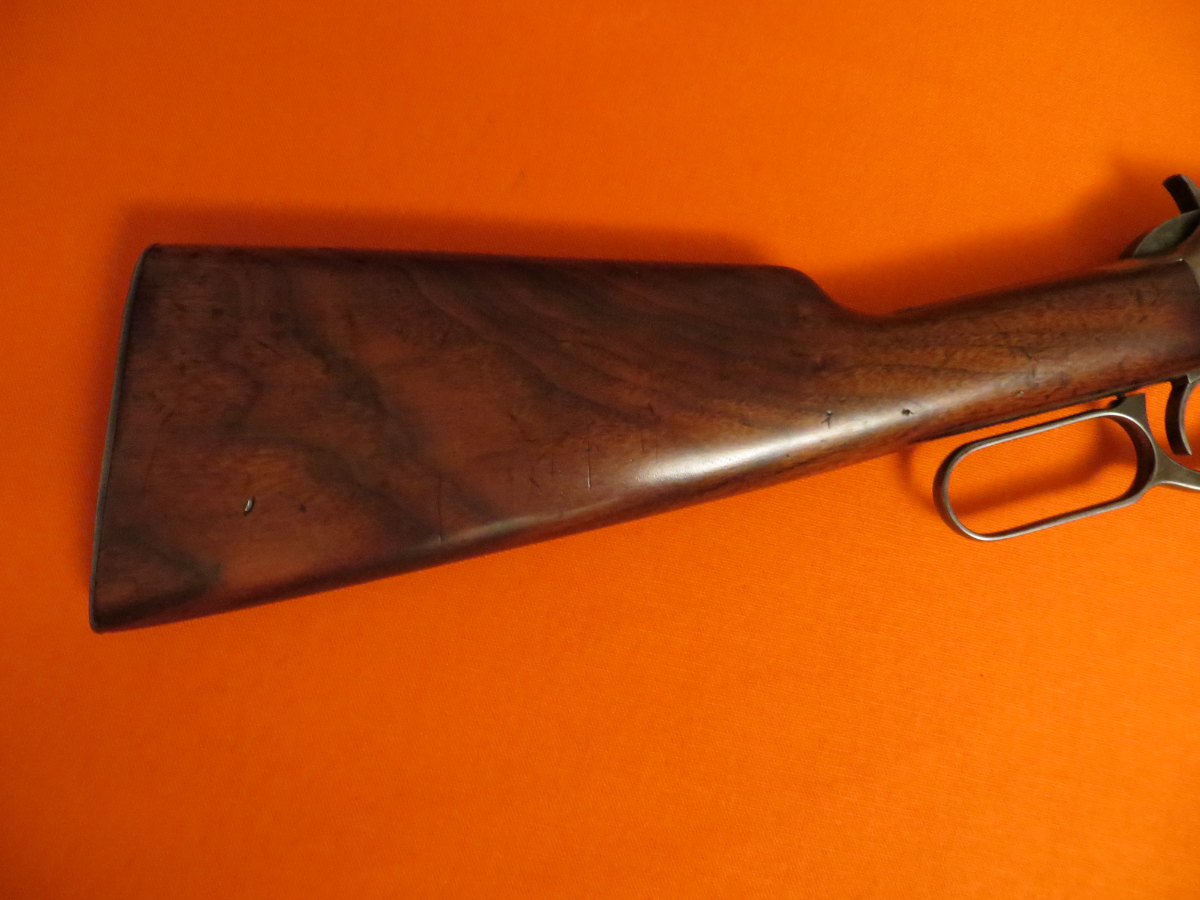
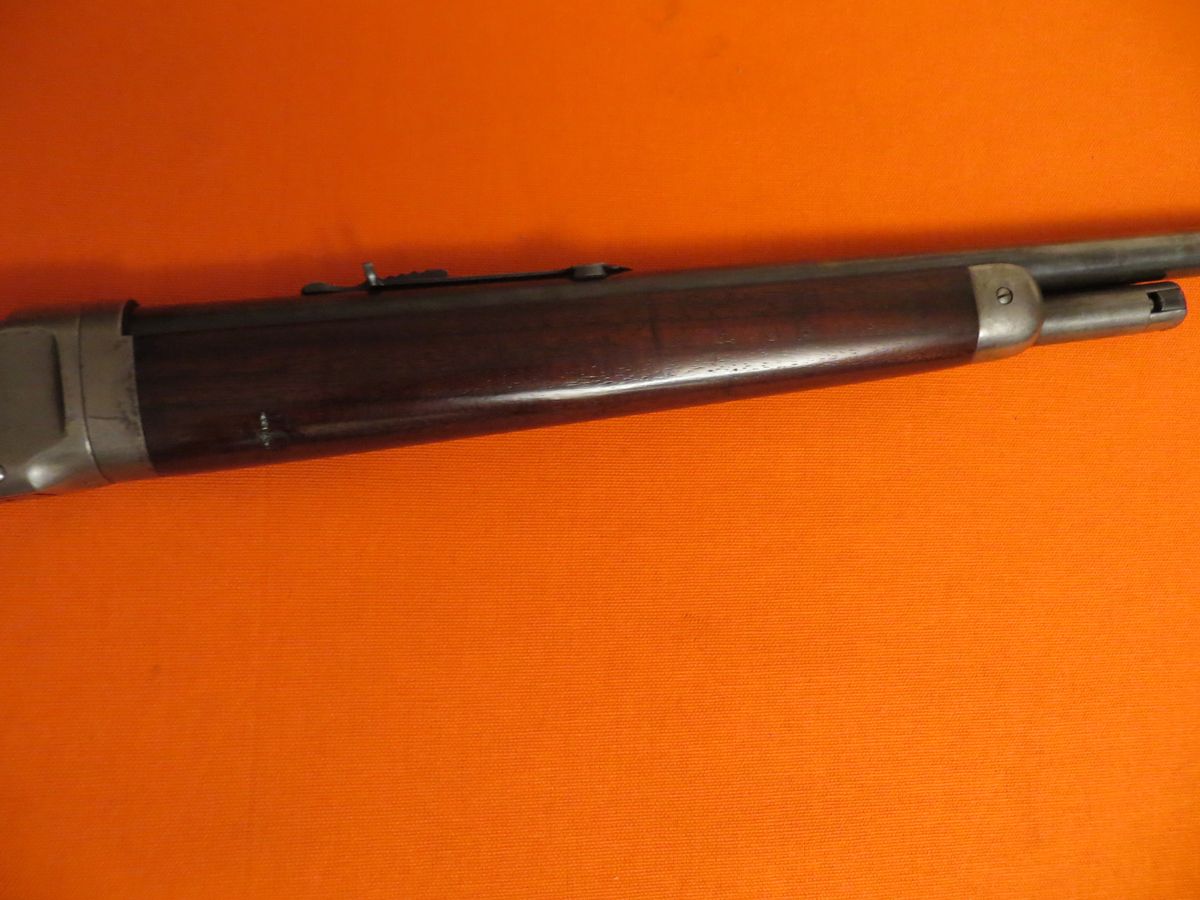
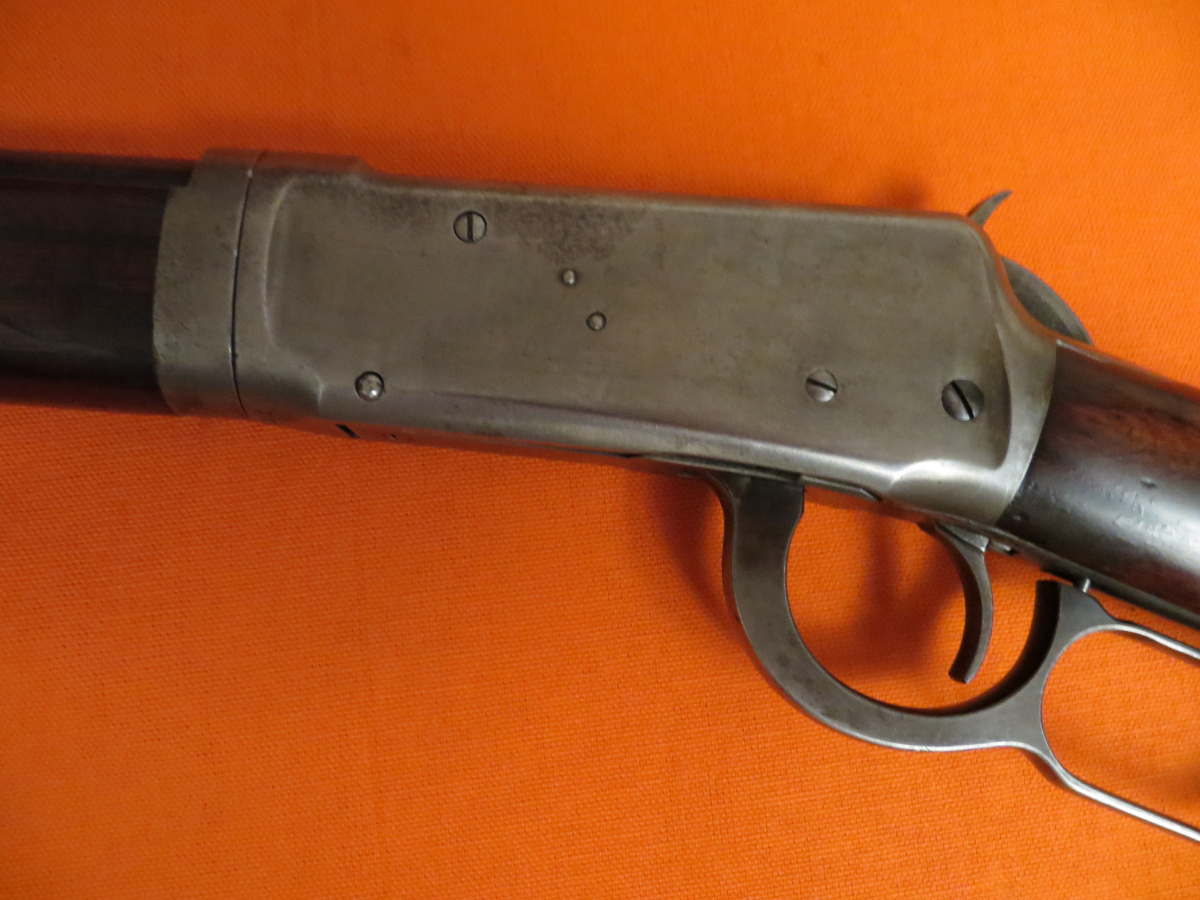
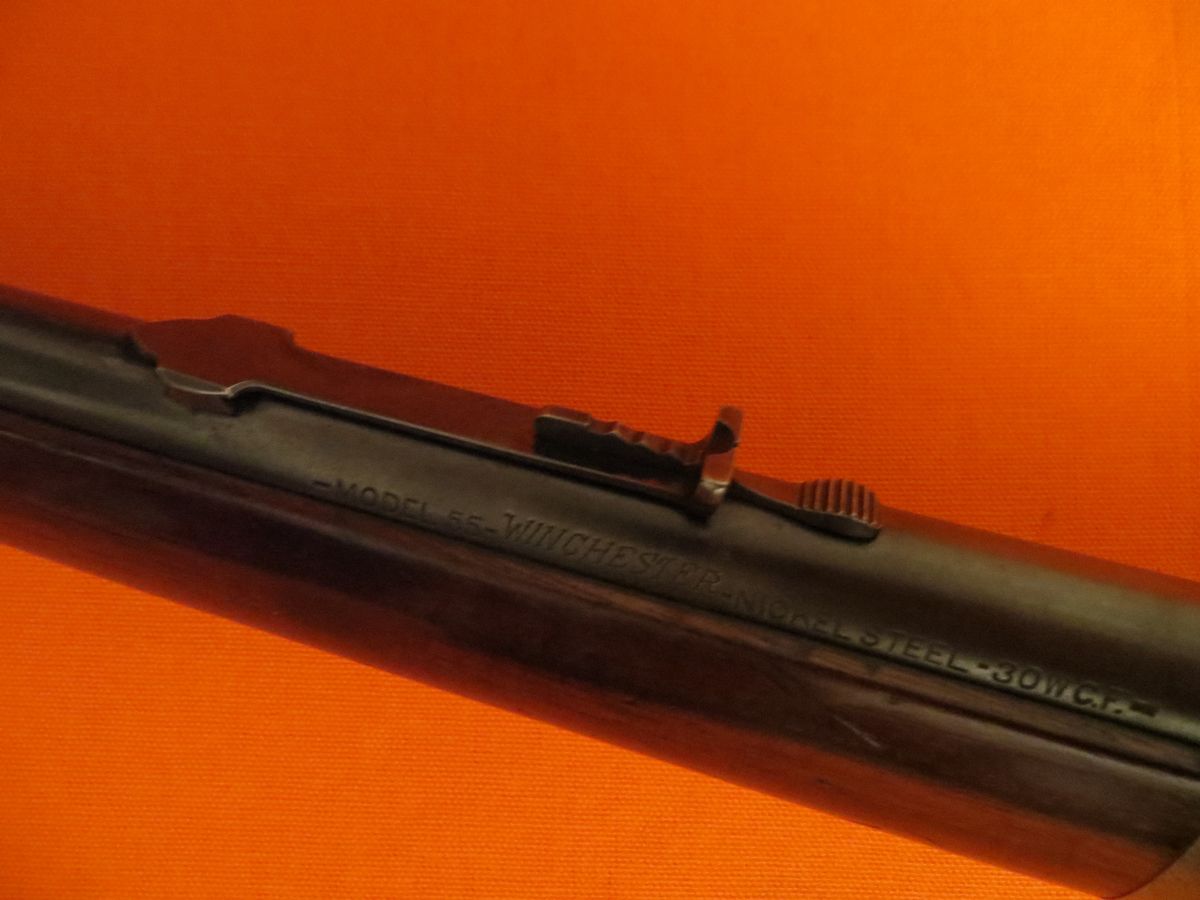
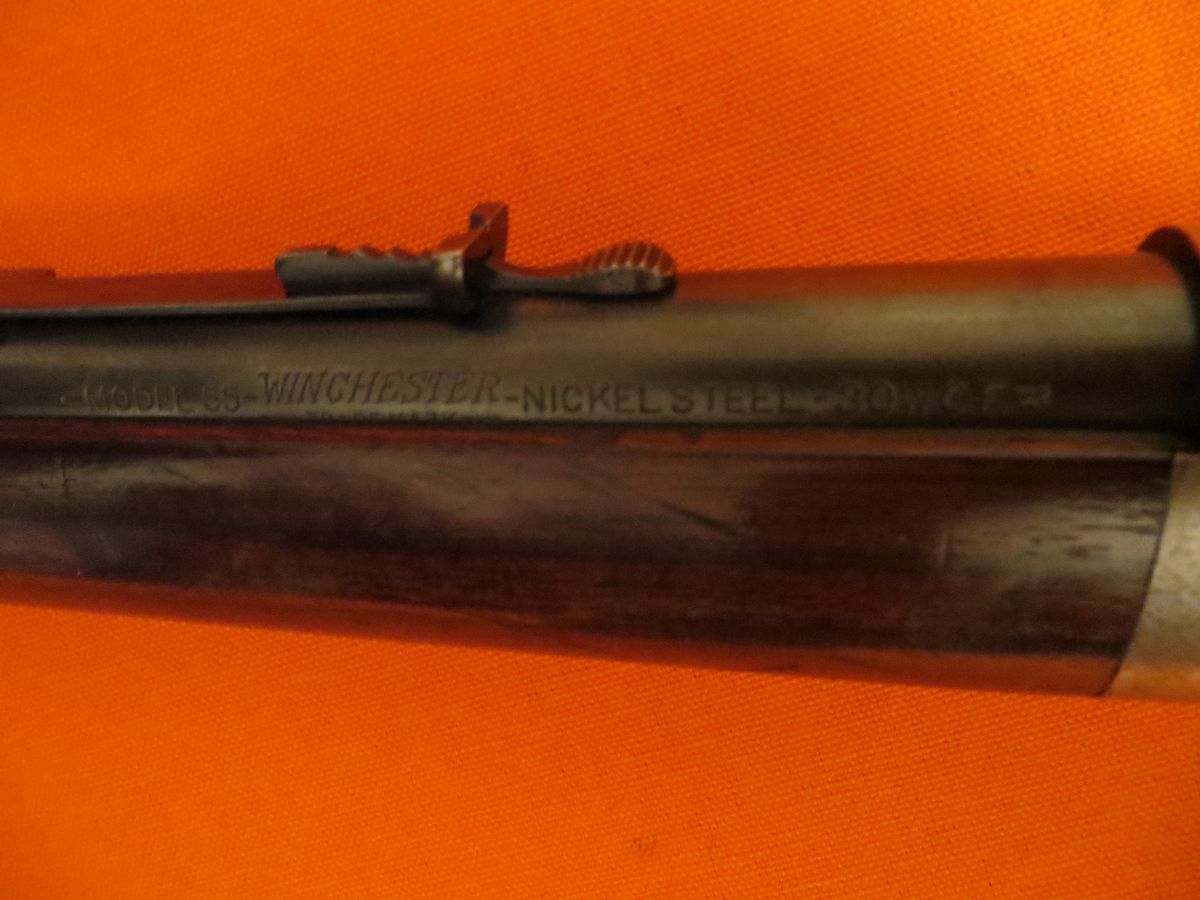
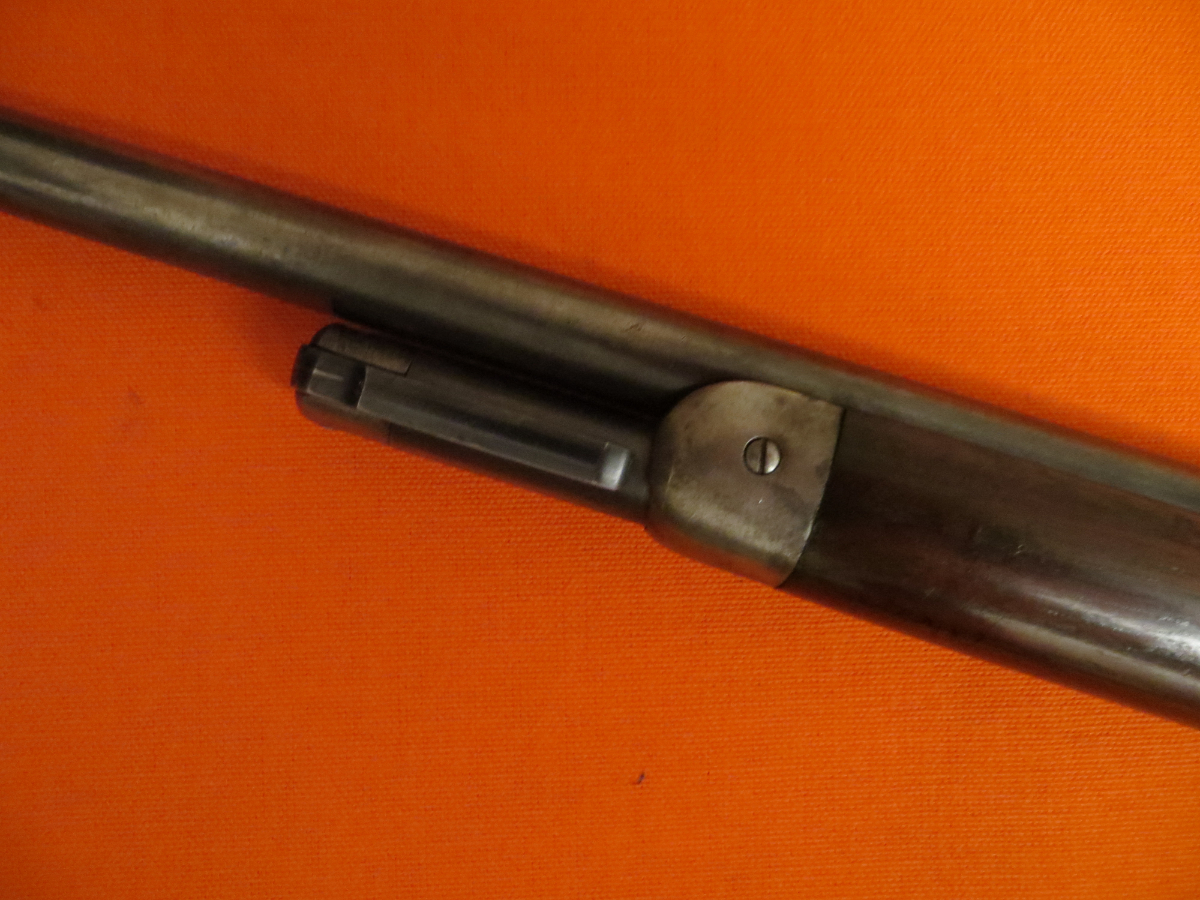
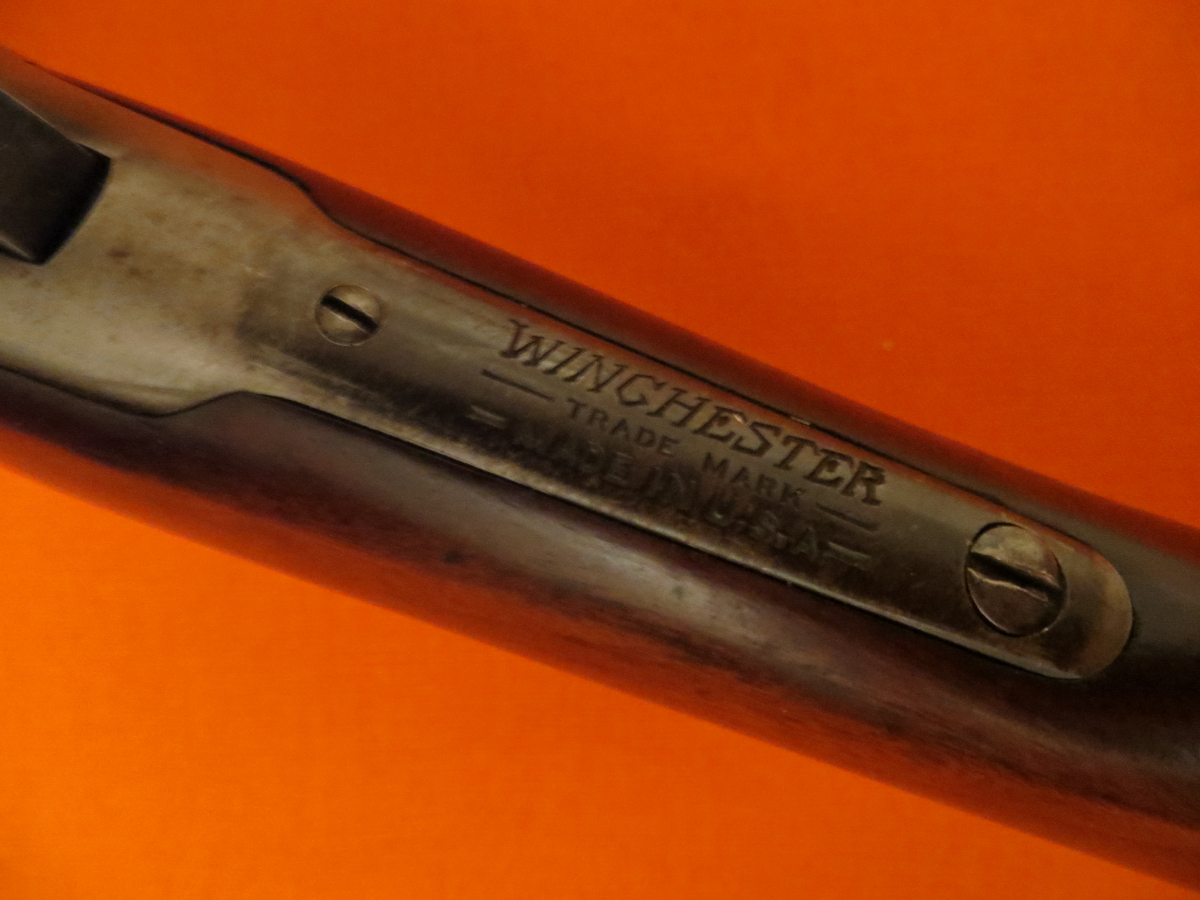

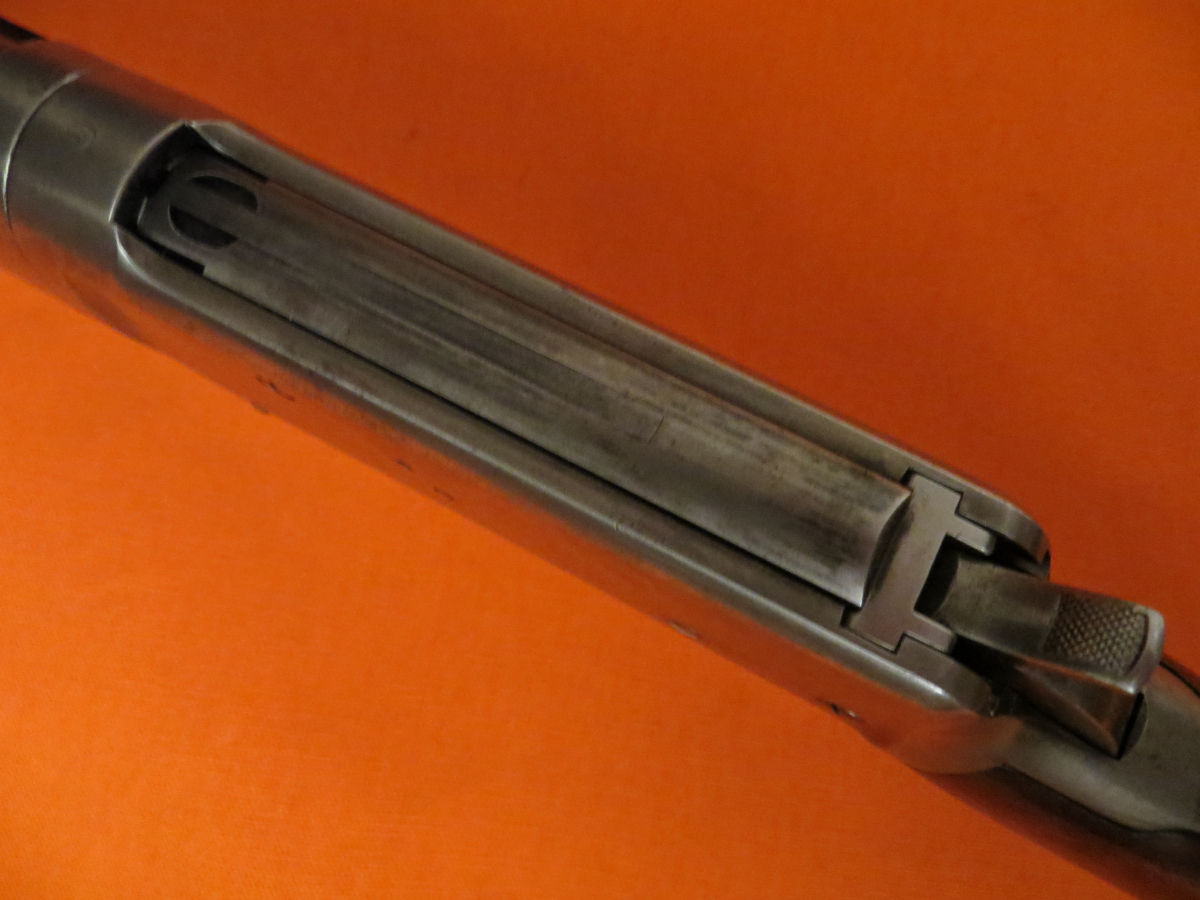
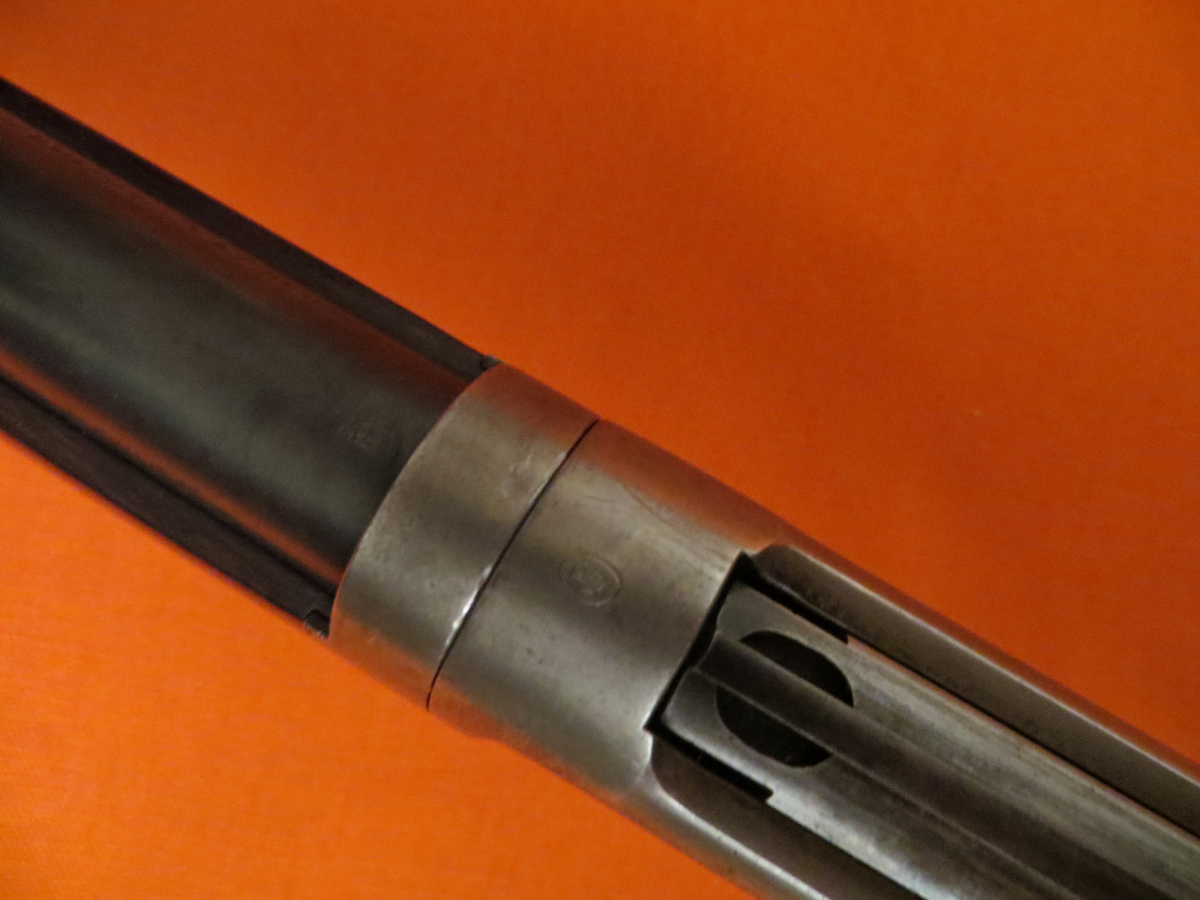
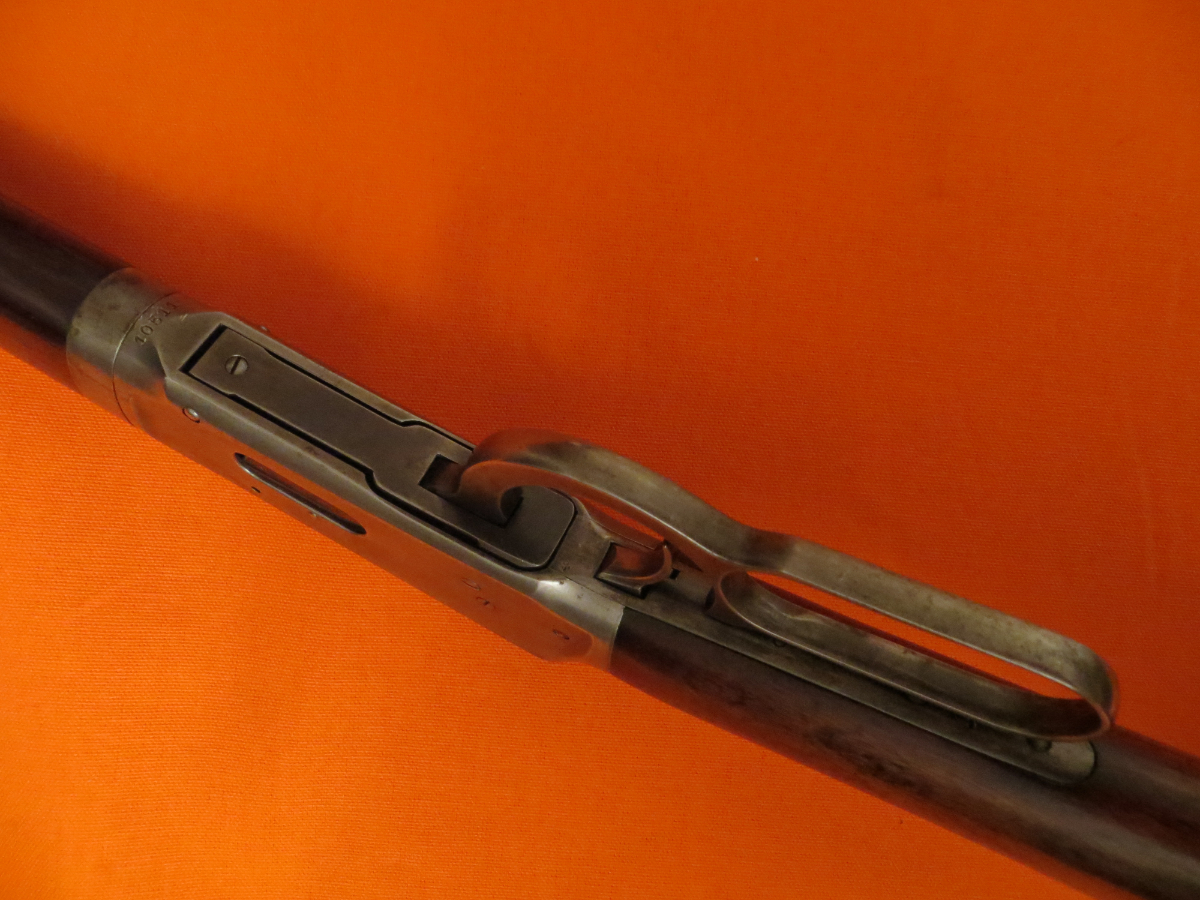
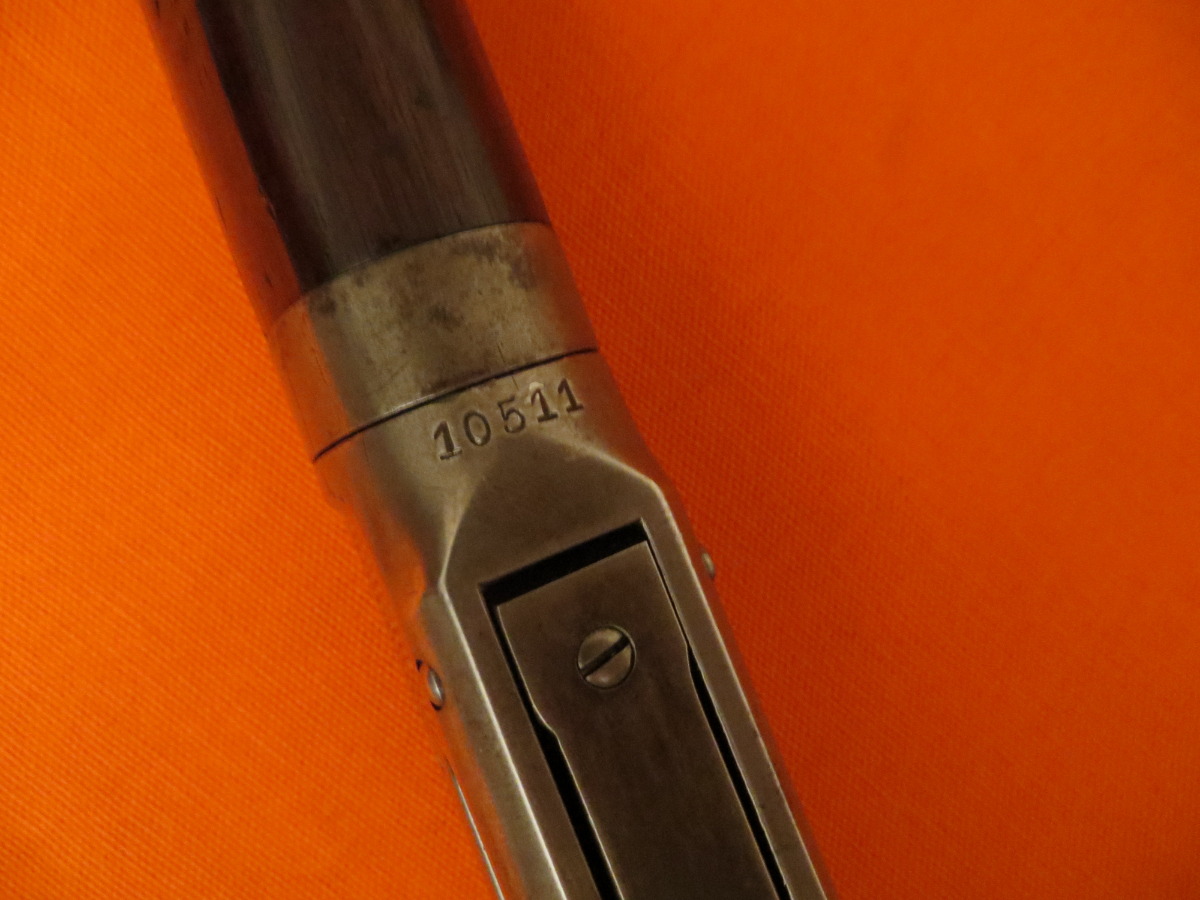
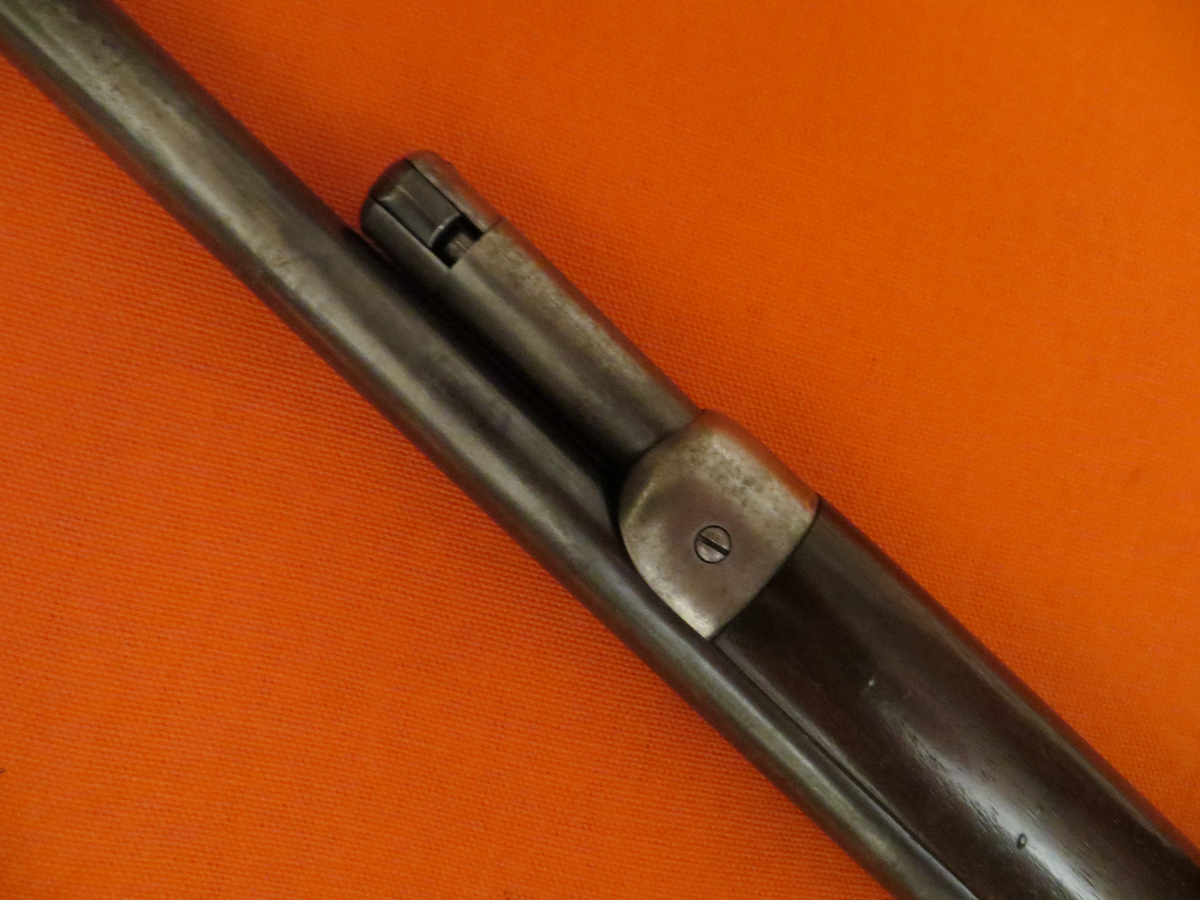
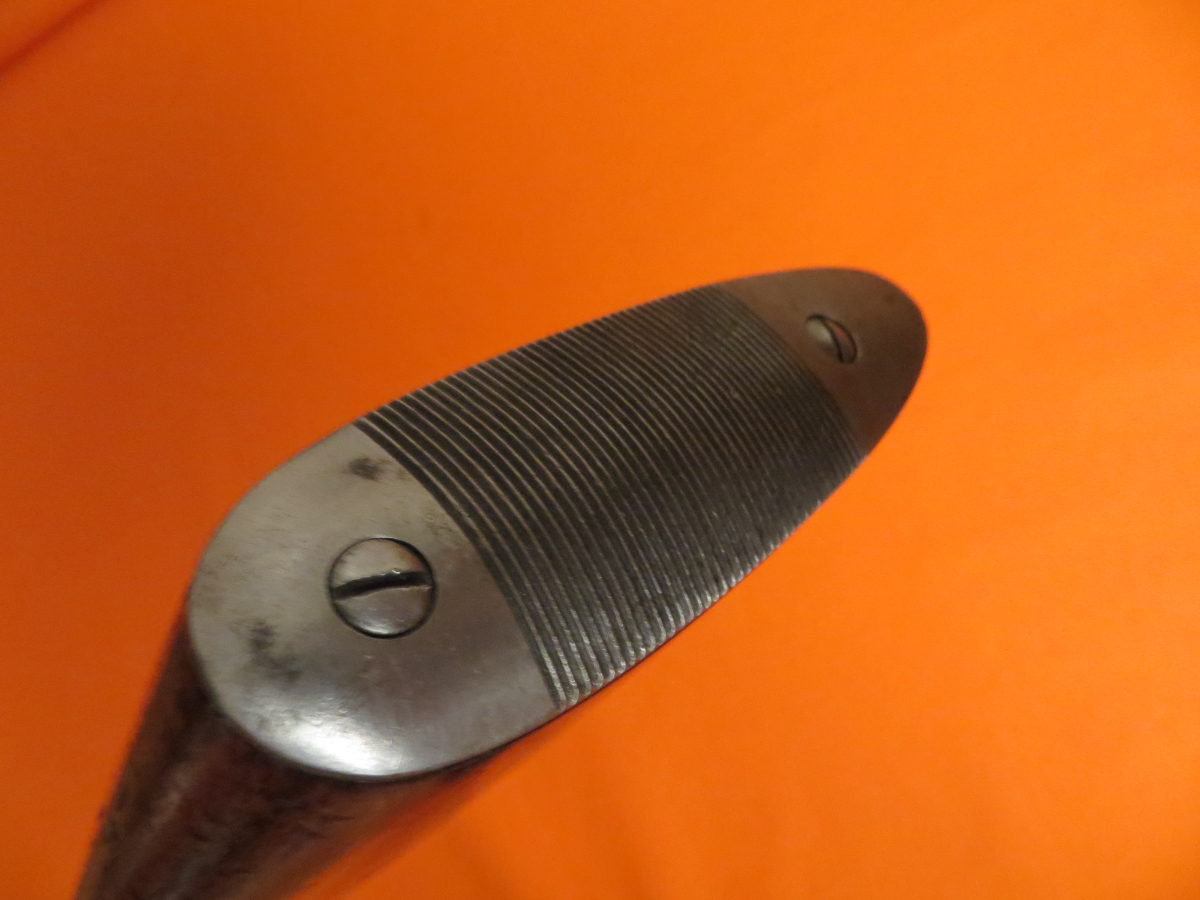



What is it about Haiti? The poorest country in the Western hemisphere, Haiti just seems cursed. Haiti is located on the island of Hispaniola in the Greater Antilles Archipelago of the Caribbean Sea. Haiti ought to be, on the surface at least, an idyllic tropical paradise.

Haiti is the third-largest country in the Caribbean by area and sports a population of some 11.4 million people. However, since the turn of the recent century, Haiti has had more than its share of foul luck. The country has been subjected to a couple of devastating earthquakes. The temblor in August of 2021 killed more than 2,200 people. The 2010 quake claimed more than a quarter-million lives.

On July 7, 2021, a group of 28 mercenary fighters attacked the Presidential residence in Haiti and killed Jovenal Moïse, the controversial chief executive of this impoverished country. They also gunned down the man’s wife. She survived and was subsequently taken to the US for treatment. Given its audacity and the obvious military acumen of the players involved, the operation that killed this man was an undeniably impressive feat of arms.
The Op

I’m typing this fairly soon after the event. Details are still a bit sketchy. If new information arises before this piece hits the streets be patient with me.

The Haitian Presidential residence is located in the Pelerin 5 neighborhood in the hills overlooking Port au Prince, the Haitian capital. The Haitian President, his wife Martine, and their adult daughter Jomarlie were present along with at least two domestic staff and some twenty-four security officers. At 0100 on July 7, 2021, several SUVs drove up and disgorged a contingent of “white armed men.” These operators were dressed in tactical clothing and heavily armed. They moved like they knew what they were doing.

Upon their arrival, one of the attackers shouted through a portable loudspeaker, “DEA operation, everybody stay down!” The US DEA later offered assurances that they had nothing to do with the whole sordid affair. Apparently, the swiftness of the attack along with its violence of action was adequate to convince the Haitian security force not to resist. There have been subsequent allegations of collusion as well.

Seven of the gunmen moved into the residence. The remaining twenty-one stayed outside to pull security. Of the seven, four, designated the “Delta Team,” did the actual killing. Those four were apparently some fairly serious shooters.

It was the middle of the night, and the assault force enjoyed the element of surprise. They moved through Moïse’s office and bedroom until they had the President cornered. They then shot him all to pieces. A post-mortem evaluation showed that he was hit 12 times in his chest, arms, right leg, left hip, and left eye.

In the process, the assault team shot Moïse’s wife Martine in the arms and thighs. As she resisted the attack she also suffered injuries to her hands and belly. Throughout the whole sordid mess, their daughter hid in a bathroom and escaped without injury. Investigators later reported that the residence was littered with 5.56mm and 9mm cases.
The Aftermath

The brutal killing resulted in a massive mobilization of Haitian law enforcement that ultimately accounted for all but five of the attackers. The story of the team’s recruitment and organization could have been drawn from the pages of an action novel. Two of the twenty-eight mercenaries were Haitian-Americans. The rest of the assault team hailed from Colombia.

The details are still sketchy, but many of the Colombian operators appear to have been hired under false pretenses. Four different international companies purportedly did the hiring. Nobody yet knows for certain who all was behind the mission.

The coordinators supposedly made the necessary connections via WhatsApp. The former Colombian soldiers posted outside claimed they were told that they were being hired to provide security services for vulnerable Haitian politicians. A few were apparently expecting to be pulling security for Moïse himself. Some flew into the Haitian capital directly, while others landed in the Dominican Republic and entered via the Carrizal border crossing. Haitian conspirators arranged a safe house near the Presidential residence along with weapons and police sirens for their vehicles.
The Guns

Haiti has a most chaotic history. Prior to Operation Uphold Democracy, the American military intervention in 1994, the Haitian military fielded a fairly typical array of Western military equipment. This included Cadillac-Gage V100 Light Armored Vehicles as well as both 75mm and 105mm towed howitzers. Long guns included American M16s and German G3 battle rifles. Haitian security troops also wielded Uzi submachine guns. The standard Haitian military handgun was the Beretta Model 1951.

As a result of the US intervention, the Haitian dictator Raoul Cedras was deposed and replaced by the democratically-elected Jean-Bertrand Aristide. Starting in 2019 President Moïse embarked on a rearmament program. This resulted in weapons acquisitions from China, Russia, Brazil, South Korea, and Israel. The end result was a fairly eclectic collection of small arms.

Though I haven’t found an inventory of the guns captured along with the attackers, I did discover a photograph or two. The array of weapons depicted includes a pair of combat handguns, a fairly archaic slide-action 12-gauge sporting shotgun, a Remington 870 with a pistol grip, a full-sized Uzi submachine gun, an M4 carbine, and an Israeli Galil ACE assault rifle. While the Uzi, M4, and sporting weapons are ubiquitous background clutter most anyplace people wish to kill each other, the Galil ACE is a curious find.

The original Israeli Galil assault rifle was a hybrid that combined features from the Kalashnikov, the M16, the FN FAL, and the Finnish Valmet. In fact, the first prototypes were built upon Valmet RK 62 receivers covertly obtained in Europe and smuggled into Israel. The Galil was first issued in 1972 and has since been produced in Israel and under license around the world. As a result, the Galil has seen service in conflicts ranging from Nicaragua to South Africa to Mogadishu to Myanmar.


The Galil ACE was an evolutionary development of the original Galil designed to make the weapon lighter, handier, and more user-friendly. By combining a steel receiver with a polymer fire control housing as well as a few other strategic tweaks the weight dropped from around 9 pounds to 7.9. The ACE is offered in 5.56x45mm, 7.62x39mm, 5.45x39mm, and 7.62x51mm versions.

Other improvements include tritium night sights, a collapsible M4-style polymer buttstock, a left-side charging handle, and a last round bolt hold open on the 5.56mm version. MIL-STD-1913 Picatinny rails up front offer plenty of space for accessories, while the fire control system from the Galil sniper rifle produces a highly refined trigger experience. Contemporary users include Ukraine, Chile, Vietnam, Zambia, Peru, Laos, Colombia, and many more.
The Rest of the Story

It is suspected that a substantial number of the mercenaries might not have appreciated the true nature of the operation. However, there resulted in a fierce running gun battle as these soldiers of fortune attempted to escape the country. One contingent took three Haitian police officers hostage and retreated into a nearby house.

Haitian cops surrounded the building and shot it out with the mercs. Three Colombians were killed, the Haitian hostages were freed, and the rest of the group was captured. Once word got out that the President had been assassinated angry Haitian civilians joined in the hunt. They torched several of the mercenaries’ vehicles and ultimately helped track down several of the Colombians who had been hiding amidst the foliage. Among the final count were the two American-Haitian operators.

Eleven of the attackers broke into the nearby Taiwanese embassy apparently seeking refuge. However, the government of Taiwan waived their rights of extraterritoriality, and the Haitian police arrested these eleven without further incident. The remaining five have yet to be apprehended as of this writing.

The two Haitian-Americans claimed they had been hired solely as translators. One of them was later discovered to have been a prior informant for the American DEA. Those ultimately arrested included disgruntled former Haitian politicians, members of President Moïse’s security team, a Venezuelan businessman, and scads of other folks.
Ruminations

In response to the shockingly professional assassination of Haitian President Jovenel Moïse, many people in Haiti responded by stealing stuff and burning their neighborhoods down. I always foolishly figured that a national crisis was a great excuse to pull together and work toward a common goal. Apparently, folks in places like Seattle and Portland subscribe to the same mantra.

Haiti has long been a cesspool of crime, drugs, and violence. The assassination of the Haitian President did little to improve the situation. Gang violence increased across the country.

The funeral for President Moïse was intended to be a low-key affair, but it attracted its own share of controversy. Some mourners heckled the attending Haitian politicians, and there resulted a fairly ignoble application of both tear gas and gunfire. Foreign diplomats who gathered to pay their respects had wisely departed earlier.

Somebody someplace started the rumor that the US was going to be handing out visas, so a mob descended upon the US embassy seeking that golden ticket to take them to the Big PX in the Sky. I think those Americans who seem convinced that America sucks so bad should consider swapping places with them.

Addendum–43-year-old ex-Colombian commando Mario Antonio Palacios was apprehended in October 2021 in Jamaica after the issuance of an Interpol Red Notice. He was the only member of the Delta Team that actually did the shooting who had not been captured in Haiti. Palacios voluntarily agreed to travel to Miami, Florida, where he was arrested and charged with all manner of vile stuff. He is being tried in the US as much of the planning for the operation occurred here. He faces the prospect of life in prison if convicted. Another conspirator named Rodolphe Jaar was also arrested and sent to the US. He faces a similar fate. As of now, the remaining members of the team remain incarcerated in Haiti and have yet to be charged.

Elizabeth McHutcheson was a hearty woman of Scottish descent cursed with a terminal case of wanderlust. She married a ship’s captain named Francis Sinclair and eventually produced six children. Elizabeth moved her family to New Zealand and established a farm. However, her husband and eldest son were later lost at sea along with most of the family’s possessions.

Down but not out, Elizabeth relocated to Canada and then Hawaii with the remains of her family. Once settled in she bought the Hawaiian island of Ni’ihau for $10,000. Ten grand was an astronomical sum in 1864, but it turned out to be a fairly prescient investment.

Ni’ihau is the furthest West and second smallest of the primary Hawaiian Islands. Ownership of the island passed down through the family until 1941 when Elizabeth’s great-grandson Aylmer Robinson maintained possession. Aylmer was a Harvard graduate who spoke fluent Hawaiian. He was a benevolent landlord who lived on nearby Kaua’i. His island was accessible by permission only which was seldom granted. Robinson made weekly visits by boat to check on the native islanders who held him in high esteem.

In 1941 one hundred thirty-six native islanders called Ni’ihau home. Among them were three individuals with Japanese ancestry. Aylmer Robinson administered his idyllic little kingdom free from government interference.

In the buildup to the attack on Pearl Harbor, Japanese naval planners mistakenly assessed Ni’ihau as uninhabited. As a result, they briefed their aviators to divert to Ni’ihau in the event of battle damage preventing return to the carriers. The plan was for downed aircrew to survive on the island until they could be retrieved via submarine.
The Plot Thickens

On the morning of December 7, 1941, Airman First Class Shigenori Nishikaichi launched his A6M2 Zero fighter B11-120 from the carrier Hiryu as part of the second wave. Unlike the first attack that achieved complete tactical and strategic surprise, the second element flew into a hornet’s nest. American fighter resistance was negligible, but the warships anchored at Pearl bristled with antiaircraft guns. .50-caliber, 20mm, 40mm, and 5-inch antiaircraft weapons filled the sky with steel.

Nishikaichi’s Zero was badly damaged during a strafing run on Wheeler Field and limped away trailing smoke. Realizing that there was no way his nimble Zero was going to make it home, Nishikaichi diverted for Ni’ihau. Crash-landing his crippled fighter in a field near a local named Hawila Kaleohano, Nishikaichi was briefly dazed but otherwise unhurt.
The Chemical Formula for Awkward

The arrival of Nishikaichi’s Zero was the biggest event on Ni’ihau in collective memory, and the islanders all came out to gawk. They knew that the relationship between the United States and the Empire of Japan was strained. However, the Hawaiians are a naturally friendly people. Hawila Kaleohano relieved the young aviator of his handgun and personal documents, and the rest of the islanders threw the lad a party.

Only the three islanders with a Japanese nexus spoke Japanese, and the rest of the Ni’ihau inhabitants were unable to communicate with their new guest. For ease of explanation we will refer to these three individuals by their first names—Ishimatsu, Yoshio, and Irene. However, the Japanese pilot was becoming ever more agitated about the loss of his maps, weapon, and mission directives.

The island’s residents caught a report of the attack on a battery-powered radio and confronted the Japanese pilot. Their intent was to send him back with Mr. Robinson when he arrived on his next scheduled visit. Their guest now effectively became their prisoner.

Aylmer Robinson failed to arrive on his appointed day, and this unsettled the islanders. Robinson was typically quite punctual. However, the military had banned boat traffic, so Ni’ihau was effectively isolated.

Petty Officer Nishikaichi was remanded to the home of Yoshio and Irene, two of the islanders with Japanese connections, to be overseen by four volunteer guards. Unbeknownst to the rest of the island’s inhabitants, Yoshio and his wife were re-evaluating their loyalties. All the while the pilot’s classified documents remained in the possession of Hawila Kaleohano, the man who had originally encountered the pilot.
A Cold War Goes Hot

These people were not soldiers, and three of the four guards eventually wandered off. Seeing their opportunity Irene turned her phonograph up to cover the sounds of the ensuing struggle, while her husband and the pilot attacked the remaining guard. In short order the two had the man secured in a warehouse and had retrieved Nishikaichi’s pistol as well as a shotgun.

The two men then proceeded to Kaleohano’s home in search of the attack plans. They arrived during the man’s quality time, so he was serendipitously hidden unseen in his outhouse. When the moment was right Kaleohano fled the privy and ran for his life, shotgun blasts chasing him down the trail. Thusly alerted the islanders retreated to caves, thickets, and distant beaches, unable to believe that these people with whom they had shared the island were now actively firing upon their friend and neighbor.

The pilot and his compatriot then stripped a 7.7mm machinegun and ammo from the plane, unsuccessfully attempted to use the radio to contact the Japanese fleet, and set the Zero alight. They then went to Kaleohano’s home and burned it to the ground in a further effort to destroy Nishikaichi’s classified documents.
It Gets Worse…

Kaleohano, his home conflagrated, kept the Japanese military documents in his possession and took to a boat to row to the nearest nearby island. Not realizing he was gone, Nishikaichi and Toshio press-ganged a local couple named Ben Kanahale and his wife Ella into the hunt for Kaleohano. The pair took Ella hostage to motivate her husband to stay on task.

Ben wasted a little time pretended to search and returned to check on his wife. When Nishikaichi realized he was being deceived he pulled his pistol and threatened to kill everyone in the village. At this provocation Ben Kanahale went full Chuck Norris on the man.
The Gun



For reasons you will find out momentarily, the exact model of the handgun has been lost to history. However, the three most likely candidates are the 8mm Type 14 or Type 94 autoloaders or the Type 26 revolver. Balance of probability suggests that at the beginning of the war in the hands of an elite Japanese Naval Aviator his handgun was likely a Type 14 Nambu.

The Type 14 is a recoil-operated, locked-breech, semiautomatic handgun whose original mechanism dates back to the late 19th century. LTG Kijiro Nambu designed the weapon along with an array of other Japanese military arms. The locked-breech mechanism favors and was likely inspired by that of the Glisenti Model 1910.

The Type 14 debuted in 1925 and fires the relatively anemic bottlenecked 8x22mm round common to all Japanese wartime autoloading handguns. Considerably less powerful than the 7.62x25mm, 9mm Parabellum, and .45ACP rounds used by other combatant nations, the 8mm Nambu was marginal at best. The Type 14 fed from an 8-round box magazine, sported a 4.6-inch barrel and weighed about 2 pounds. About 400,000 copies were produced.

Japanese officers were expected to buy their own handguns, and the Type 14 was a popular souvenir of combat in the Pacific. As the war progressed and B29 attacks strangled the home islands the quality of these weapons declined precipitously. Bill Ruger bought a Type 14 from a returning Marine in 1945 and used it as a basis for his Ruger Standard pistol that eventually morphed into the Mk I, II, III, and IV .22 handguns so common today.
The Climax

Seeing an opportunity, Ben Kanahele and his wife Ella jumped the distracted Japanese pilot and his turncoat buddy. Ella grabbed his gun arm, but Yoshio Hamada peeled her off. Nishikaichi then shot Ben three times, striking him in the upper leg, groin, and abdomen. This turned out to be a grave mistake.

Kanahele was a sheep farmer and a powerful man. Despite his grievous injuries he took hold of the Japanese pilot, lifted him bodily, and threw him headlong into a stone wall. Ben and Ella then fell upon the dazed Japanese aviator with a vengeance. Ella smashed his head with a rock, and Ben cut the man’s throat with his hunting knife. Overcome by events, Nishikaichi’s ally Yoshio shot himself in the head with the shotgun.

Ella Kanahele snatched up the shotgun and pistol and ran for help. Along the way she inadvertently dropped the weapons. The pistol was never recovered, but the shotgun washed up in a flood some five years later.

Yoshio’s widow spent the next 31 months in prison and was released in June of 1944 despite never being formally charged with a crime. Ben Kanahele was evacuated to a nearby island with a hospital and ultimately recovered, being awarded the Medal for Merit and Purple Heart for killing the Japanese pilot in close combat. The remains of Nishikaichi’s Zero are on display at the Pacific Aviation Museum at Pearl Harbor today.

